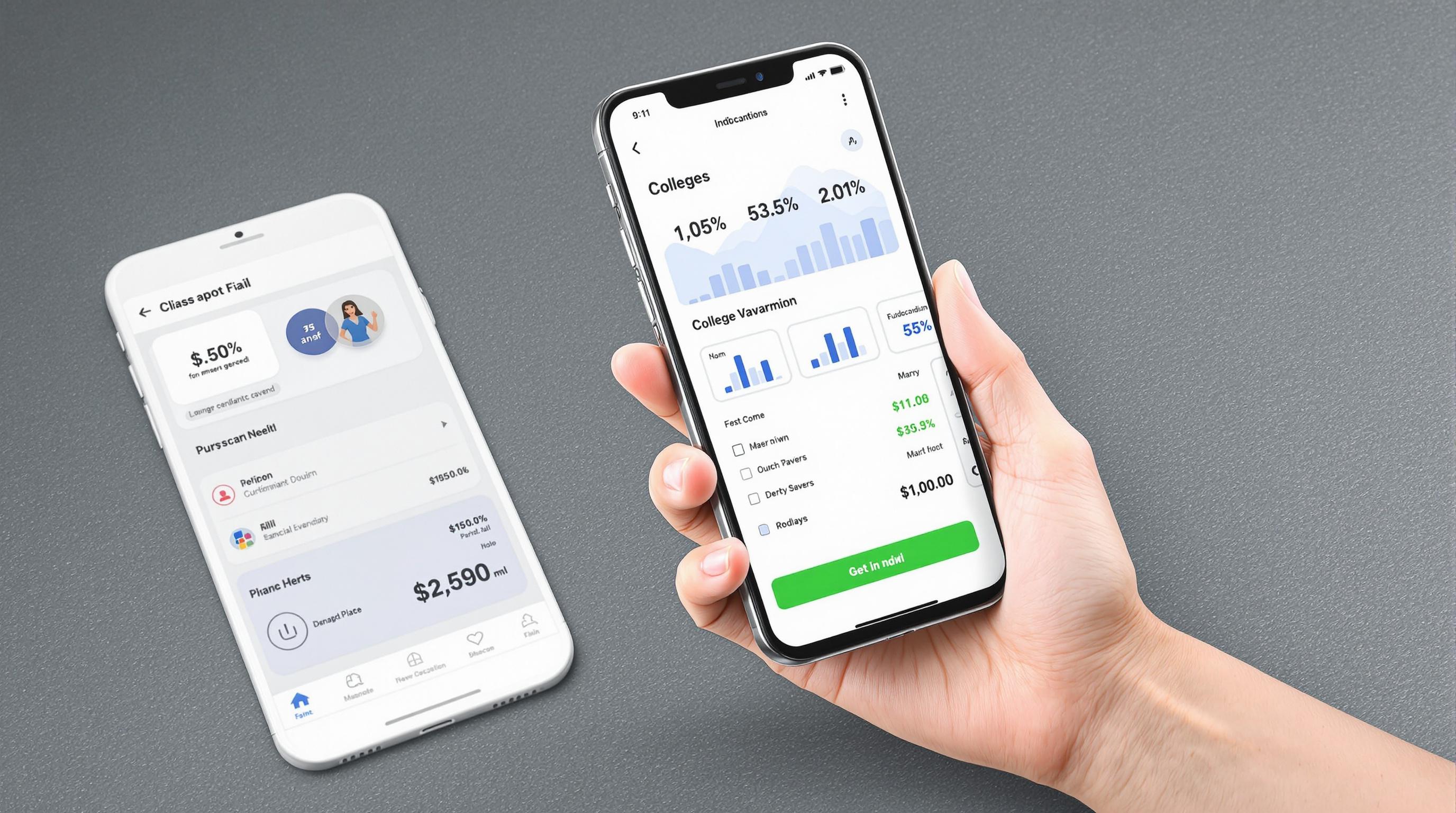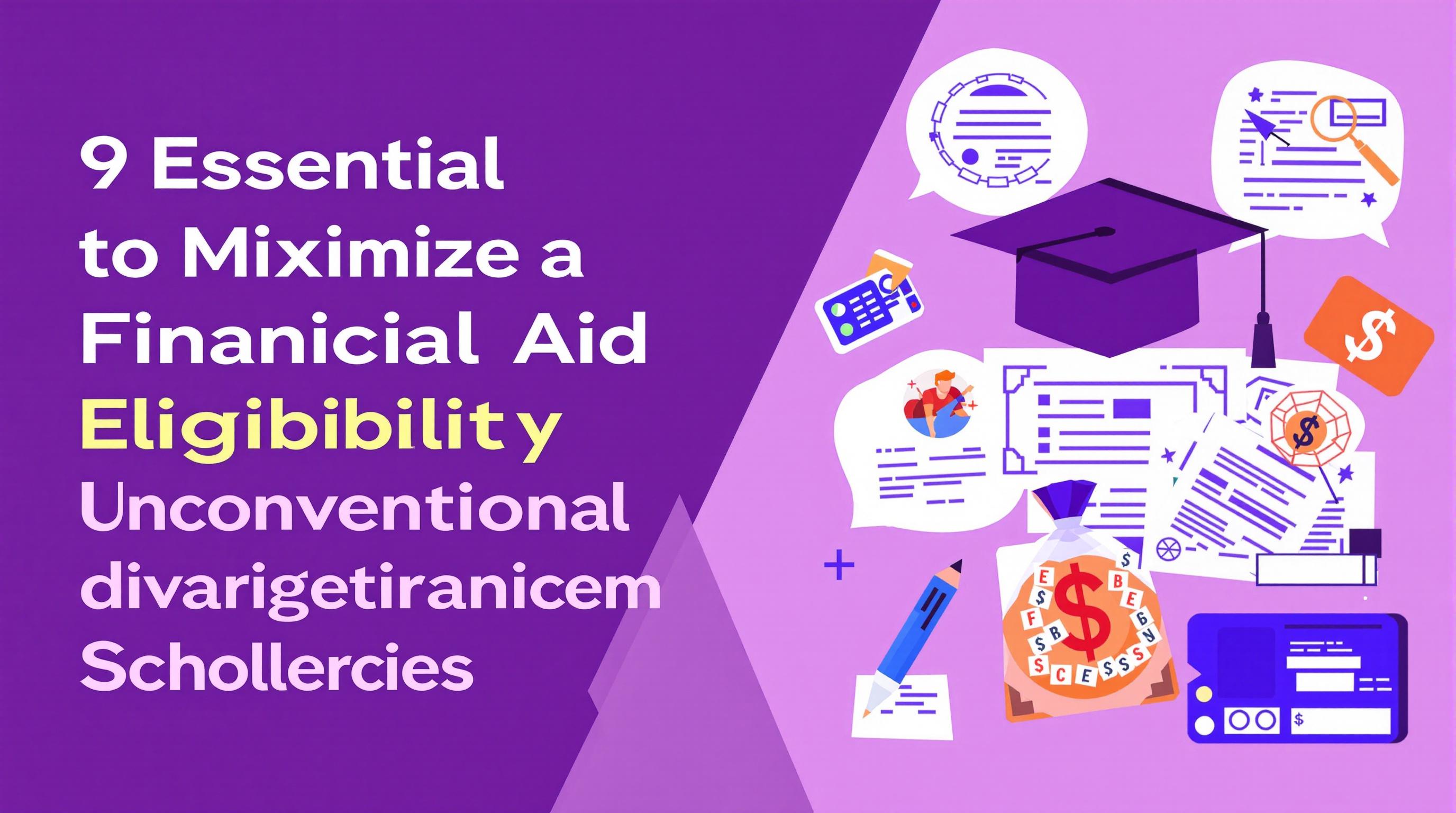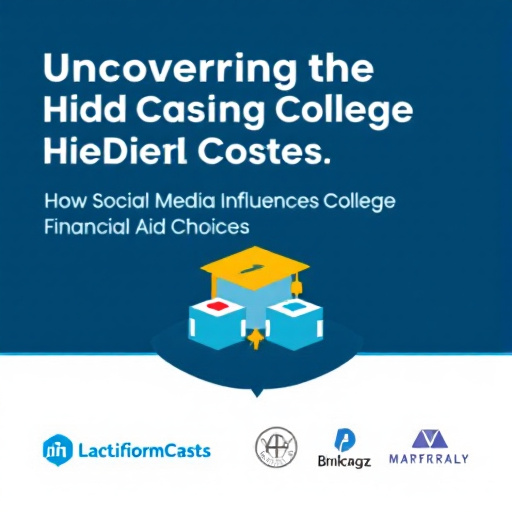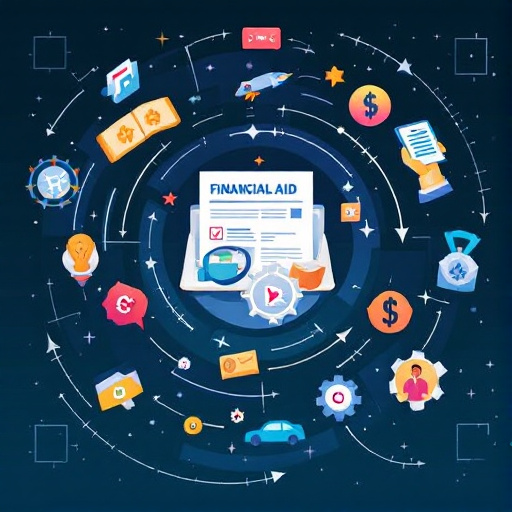Featured Articles
- 9 Essential Strategies to Maximize College Financial Aid Eligibility Through Unconventional Scholarship Sources
- From Grants to Gigs: How the Gig Economy is Shaping Modern College Financial Aid Options
- Redefining Financial Aid: How Social Media Influence Shapes College Funding Choices for Gen Z Students
- The Hidden Costs of College: How Unseen Expenses Derail Financial Aid Plans
- Top 6 Innovative College Savings Apps Released Since 2019 That Actually Boost Your Financial Aid Chances
"Unlocking the Secrets: How Micro-Influencers Are Shaping the Future of College Financial Aid Awareness"
"Unlocking the Secrets: How Micro-Influencers Are Shaping the Future of College Financial Aid Awareness"
Micro-influencers are transforming the way students and families understand college financial aid, bridging the gap between complex financial information and accessible education. Their grassroots approach, coupled with authentic engagement, is not only reshaping financial awareness but also providing actionable guidance for a financially sustainable college experience.
Understanding the Micro-Influencer Phenomenon
Before diving into the details, it’s important to understand who micro-influencers are. Unlike celebrity influencers, who bombard followers with lavish lifestyles and unattainable dreams, micro-influencers usually have between 1,000 to 100,000 followers, allowing them to connect with audiences in a more intimate and relatable manner. This close-knit relationship makes their opinions and insights more trustworthy.
Why Micro-Influencers Matter
Statistics reveal that 61% of consumers trust micro-influencers more than traditional influencers when it comes to recommendations (Source: HypeAuditor). This trust is crucial, especially in areas like financial aid, where students often feel overwhelmed by the barrage of information available on the internet.
Bridging the Knowledge Gap
Let's paint a picture: Sarah, a high school senior, scrolled through endless social media feeds, feeling defeated by confusing jargon like “FAFSA” and “COA.” Enter Emily, a college sophomore and passionate micro-influencer who simplifies terms and shares her personal experience navigating financial aid. With one relatable TikTok video, Sarah goes from confused to empowered, thanks to Emily's approachable advice.
Peer-to-Peer Learning
Micro-influencers provide a unique avenue for peer-to-peer learning, offering insights that resonate with students' everyday experiences. In a recent survey, 72% of students indicated that peer insights helped them understand financial aid better (Source: College Board). This is a game changer in promoting financial literacy.
Integrating Humor to Convey Serious Messages
What if Shakespeare had written financial aid advice? “To FAFSA or not to FAFSA, that is the question.” While the Bard might not be the best financial advisor, micro-influencers can sprinkle humor into their content, making otherwise dry subjects engaging. A TikTok skit can highlight the absurdity of student debt while delivering core financial concepts—essentially, laughter as a learning tool. The more enjoyable the content, the more likely viewers are to retain information!
Case Study: The Power of Influence
A fantastic case study is that of Dani, a micro-influencer based in New York, who launched an Instagram challenge dubbed “Aid Every Day.” She shared bite-sized financial tips, from how to fill out forms properly to exploring scholarship opportunities. The challenge went viral, leading to over 10,000 participants, and through mutual sharing, many found ways to finance their education effectively.
Building Authenticity through Storytelling
Storytelling is another powerful tool micro-influencers utilize. For example, Jamie, a first-generation college student, openly shared her struggles with financial aid applications on her platform. Through her stories, she has demystified the process while encouraging others to share their hurdles, fostering a community of support and understanding. This authenticity resonates deeply with young audiences facing similar challenges.
Engagement Beyond Social Media
It's not just about social media profiles; micro-influencers are engaging in real-life activities, from organizing workshops to webinars focusing on financial literacy. Such initiatives can bridge the gap between digital learning and tangible action. A study from the National College Access Network revealed that students who attended workshops reported a 50% improvement in their understanding of financial aid processes.
The Ripple Effect of Increased Awareness
As more students become informed through micro-influencers, the effect is compounded: these students then share their knowledge with peers and family. This ripple effect has the potential to transform entire communities, empowering them to take charge of their financial futures. For example, in a community affected by a lack of higher education access, influencers could effectively create a cultural shift towards seeking educational opportunities.
Balancing Influence with Responsibility
While micro-influencers wield considerable power, with it comes responsibility. Ethical considerations, such as promoting legitimate scholarships and trustworthy financial guidance, are paramount. Transparency is key—disclosures about partnerships, sponsorships, and financial information must be clear to maintain trust with their audience.
Future Outlook: A Paradigm Shift
The future of college financial aid awareness is moving towards a collaborative model that sees micro-influencers, educational institutions, and policymakers working together. It’s crucial for these stakeholders to understand how to engage today’s digital-native students effectively. According to a study by Pew Research, 95% of teens have access to a smartphone, and nearly 45% are online almost constantly. Brands and institutions need to tap into this digital universe.
Recommendations for Institutions
Educational institutions can benefit from collaborating with micro-influencers. By providing them with resources, they can craft authentic narratives that blend the institution's missions with students' real experiences. An example includes sponsoring a micro-influencer to showcase college visits, tours, and the financial aid process in a relatable way.
Humor and Financial Aid: A Recipe for Success
Imagine a meme that reads, “If I had a dollar for every time I got confused by financial aid… I could probably pay for college!” The blend of humor and truth captivates a young audience, drawing them to important messages. While financial aid can be dry, using creativity can make it digestible and fun.
Engagement Strategies for Micro-Influencers
So, how can budding micro-influencers make an impact? They could host Q&A sessions on Instagram Live addressing common financial aid questions or run polls to gauge their audience's knowledge gaps. These strategies not only involve their followers but also promote critical discussions around college financing.
Real-Life Success Stories
Notably, organizations like “The College Financial Aid Academy” leverage micro-influencers to promote events. Their partnership with numerous local micro-influencers resulted in a 40% increase in attendance at workshops compared to prior years—testament to the effectiveness of authentic peer-to-peer marketing.
Conclusion: The New Wave of Financial Literacy
In a world that is increasingly digital, where information can be overwhelming, micro-influencers stand as beacons of guidance for college financial aid awareness. Their relatability, authenticity, and innovative engagement strategies are paving the way for a newfound understanding of financial aid processes. This is more than just a trend; it's a movement towards empowering future generations to tackle financial challenges and achieve their academic dreams.




